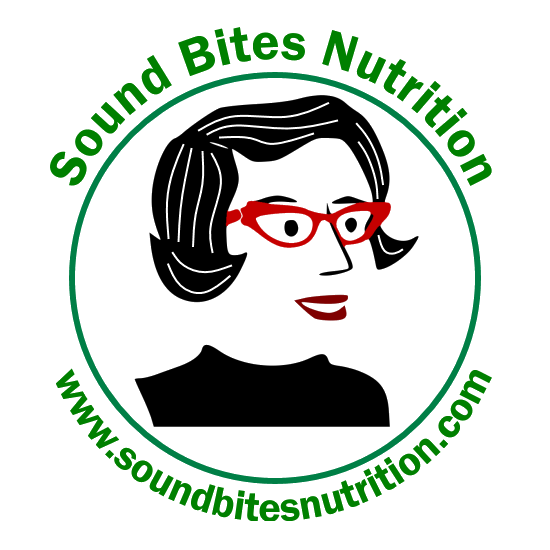What's on Your Plate?
 We often get questions about meal planning and how much of what to eat. A healthy plate should include a combination of carbohydrate, fat and protein. Most of us could use more vegetables in our diets. About half of your plate should be vegetables, a quarter of your plate should be meat, and the remainder should be carbohydrates, like rice, pasta or potatoes. Go easy on the butter, margarine and gravy as these can add lots of calories to you meal.Ideally, at least three of your carbohydrate choices per day should be whole grain. Don't be fooled by labeling that claims, "made from whole grains". Technically, everything starts as a whole grain, but may be pretty processed by the time it's packaged. Key into how much fiber is in a serving. For bread and brown rice, look for at least 2 grams or more fiber per serving. For cereal, aim for at least 5 grams or more. Multi-grain pasta and whole wheat couscous may contain between 5-7 grams of fiber per serving. If the first few words on the label are "enriched flour", put it back on the shelf.Choose lean protein sources when possible and aim for 5-6 ounces per day. Some lean options include skinless poultry, fish, pork or beef tenderloin. Eggs are an excellent source of protein source and are very filling. Just skip the bacon and sausage as these raise blood cholesterol and offer nothing nutritionally. Also consider animal-free options such as beans, lentils and tofu. These are less expensive and fairly easy to prepare.Finally, if you have problems overfilling your plate, try using a salad plate at meal time and try to eat slowly. Avoid the temptation of "all you can eat" buffets. We know you have more challenging feats in life to accomplish than eating yourself sick..
We often get questions about meal planning and how much of what to eat. A healthy plate should include a combination of carbohydrate, fat and protein. Most of us could use more vegetables in our diets. About half of your plate should be vegetables, a quarter of your plate should be meat, and the remainder should be carbohydrates, like rice, pasta or potatoes. Go easy on the butter, margarine and gravy as these can add lots of calories to you meal.Ideally, at least three of your carbohydrate choices per day should be whole grain. Don't be fooled by labeling that claims, "made from whole grains". Technically, everything starts as a whole grain, but may be pretty processed by the time it's packaged. Key into how much fiber is in a serving. For bread and brown rice, look for at least 2 grams or more fiber per serving. For cereal, aim for at least 5 grams or more. Multi-grain pasta and whole wheat couscous may contain between 5-7 grams of fiber per serving. If the first few words on the label are "enriched flour", put it back on the shelf.Choose lean protein sources when possible and aim for 5-6 ounces per day. Some lean options include skinless poultry, fish, pork or beef tenderloin. Eggs are an excellent source of protein source and are very filling. Just skip the bacon and sausage as these raise blood cholesterol and offer nothing nutritionally. Also consider animal-free options such as beans, lentils and tofu. These are less expensive and fairly easy to prepare.Finally, if you have problems overfilling your plate, try using a salad plate at meal time and try to eat slowly. Avoid the temptation of "all you can eat" buffets. We know you have more challenging feats in life to accomplish than eating yourself sick..
